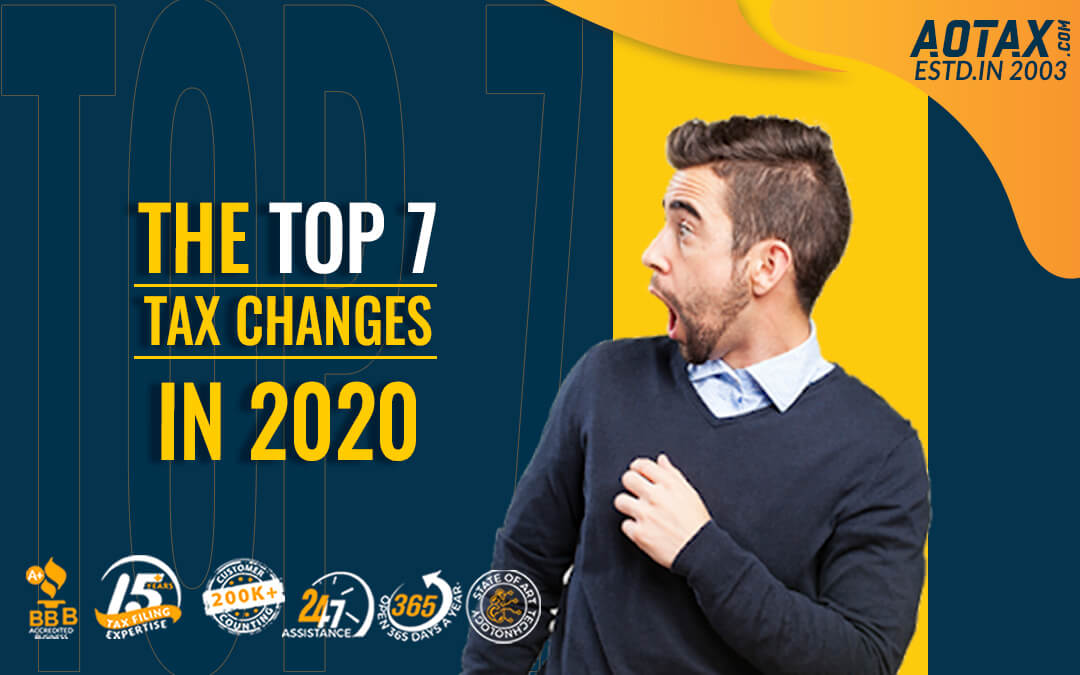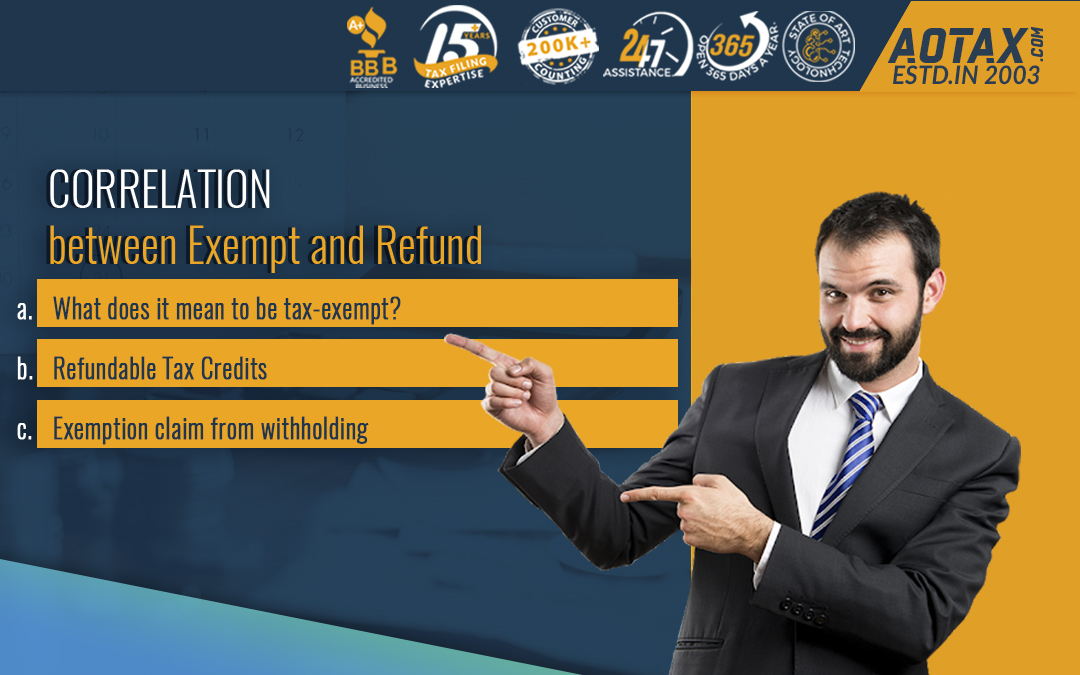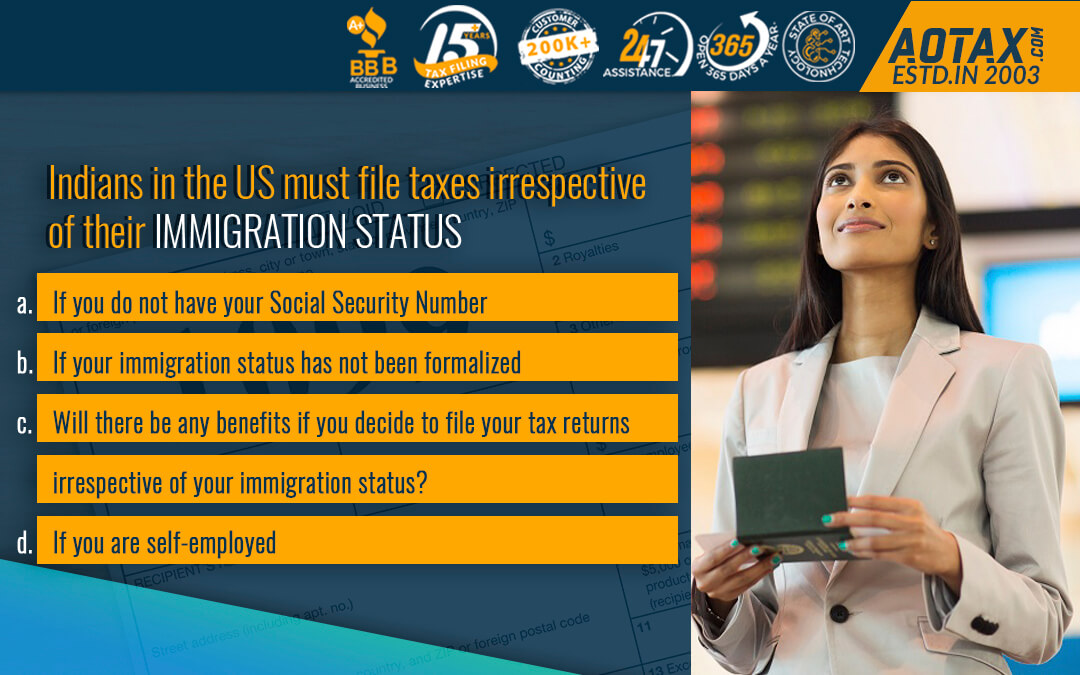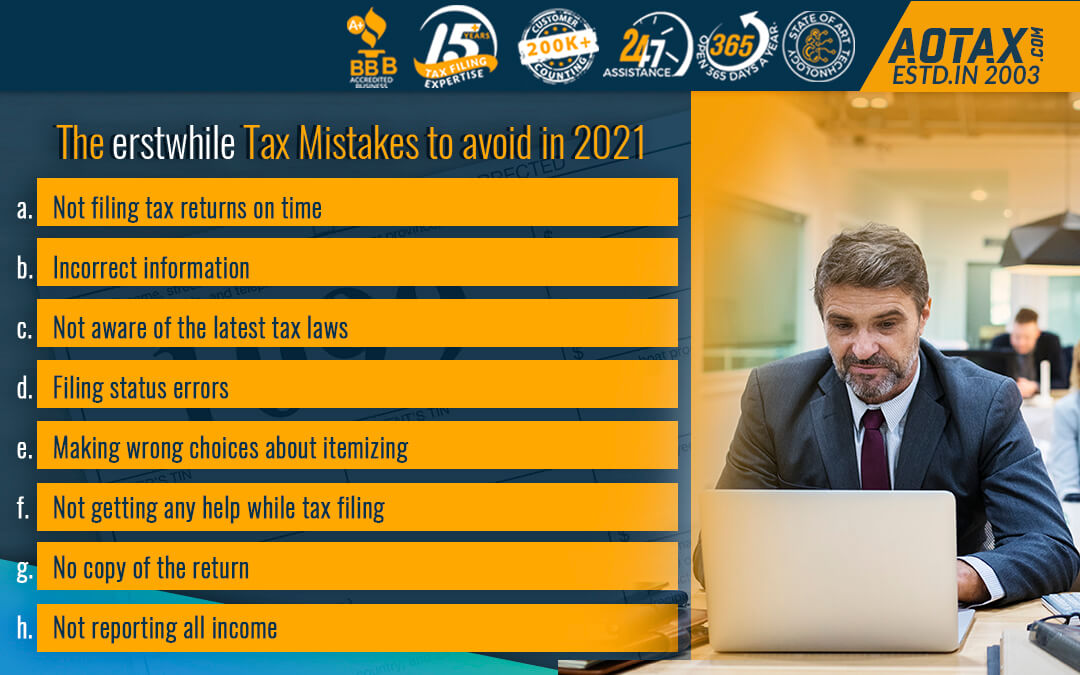The top 7 Tax Changes in 2020

The top 7 Tax Changes in 2020
There have been certain changes in the tax rules for the financial year 2020. Let us have a look at these changes that have taken place in the tax rules for the year 2020.
Unemployment benefits
For millions and millions of Americans, the unemployment benefits are a major area of concern this tax year. Moreover, reporting the unemployment benefits on tax returns stands as a problem for many as well. As per the IRS, the compensation obtained on unemployment is considered to be taxable and should be reported on your federal tax return for the year 2020. The taxable benefits would be including all the special unemployment compensation which is authorized under the CARES Act i.e. Coronavirus Aid, Relief, and Economic Security.
Forbearance for Student loan
Temporary relief has been offered from the Student loan debt to millions of students in the United States due to the pandemic. This has been quite helpful for those who have lost their employment due to the outbreak of the COVID-19.
In March 2020, the US Secretary of Education has instructed for the following:-
- To stop loan collection in default
- Temporary suspension of the payments related to Student loan
- Interest rates would be set to 0% for the upcoming 60 days
These forbearances were valid until 31st December 2020 and are even would remain valid in the upcoming months.
Removal of withdrawal penalty
In these difficult times, many Americans are considering withdrawal of retirement funds as the last option to handle their financial crisis. In general, early withdrawals made from your IRA, 401(k), or the 403(b) account can lead to penalties. However, by the provisions of the CARES Act, those Americans making early withdrawals from their retirement accounts would not have to face the 10% penalty. This waiver of penalty is applicable for the borrowing that has been done during the financial year 2020.
Self-employed PPP
The PPP (Paycheck Protection Program) was expanded in April 2020. Additional funding of around $310 billion was included in this program. Sole proprietors, businesses that have employee strength of around 500, self-employed persons, etc. are mainly eligible for availing the benefits under the PPP. The loan taken under the PPP can be completely forgiven if the funds would be utilized in making payments that are related to rent, utilities, interest on mortgages or payroll costs, etc.
Stimulus payments
The Stimulus payments or otherwise known as the Economic Impact Payment was one of the main focuses of the CARES Act. By the mid of the last year, around $269 billion has been paid in the form of Stimulus checks to the Americans as a means to alleviate the financial adversities caused due to the pandemic COVID-19.
It is a common concern among Americans now if they need to report their Stimulus payments in their upcoming tax returns. However, according to the IRS, the Stimulus payments are not needed to be included in the Gross Income. So, the Americans do not need to include their Stimulus Payments in their taxable income and even do not need to pay any Income tax on that payment.
Additional eligible expenses
With the implementation of the CARES Act, there have been some modifications in the rules related to the accounts like HRA, HSA, Health FSA, and Archer MSA. Now, millions of Americans have been able to utilize these accounts for reimbursable products. Moreover, those products and medicines which are available over-the-counter can be reimbursed now without the need for a prescription. The taxpayers should keep their receipts of purchases intact to make their claim submission for reimbursement.
The new charitable contribution deduction
The American taxpayers are now able to take up the advantage of a new category of tax deduction i.e. Cash donation to qualifying charities. This can be up to $300 for the tax returns irrespective of the tax filing status of the taxpayer. This can be applicable even if the tax filers are not itemizing any deduction.
Another change is the removal of the deduction limit on charitable contributions. In general, the deduction limit on the charitable contributions for those who are itemizing their deductions is 60% of their AGI (Adjusted Gross Income). However, with the CARES Act, this limit has been lifted up to 100% for the tax filers who wish to claim their $300 deduction for charitable donations made.
Conclusion
Hence, with these important changes made into the tax system for the year 2020, the financial adversities faced by the Americans due to the pandemic can be reduced considerably.






Recent Comments